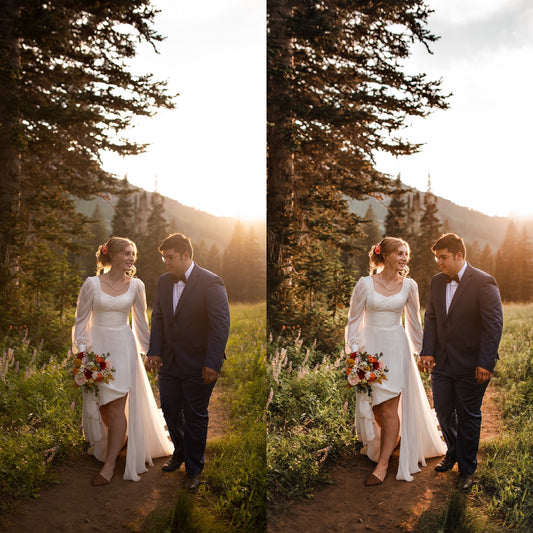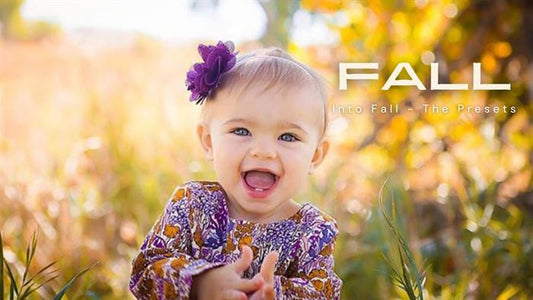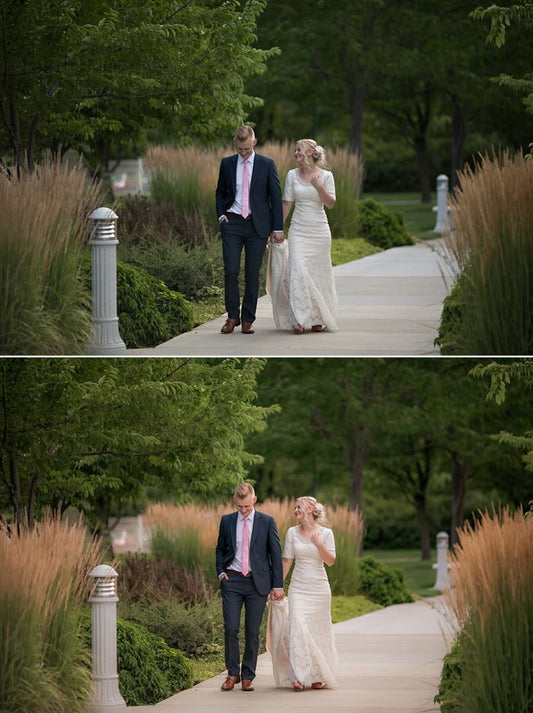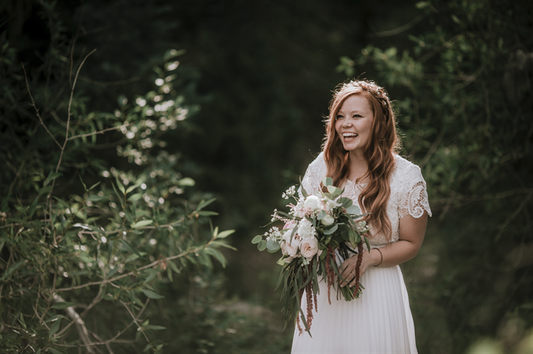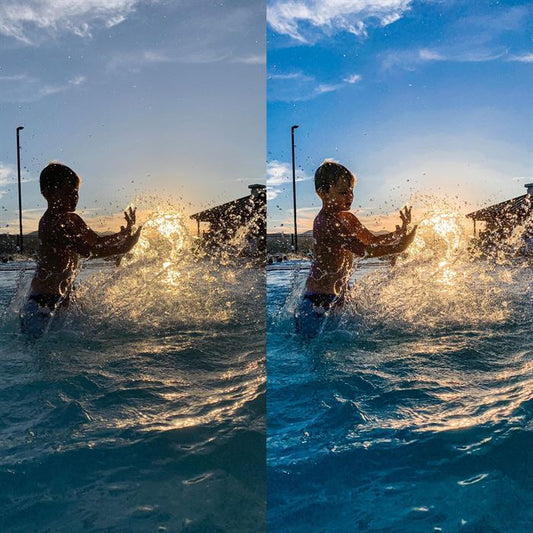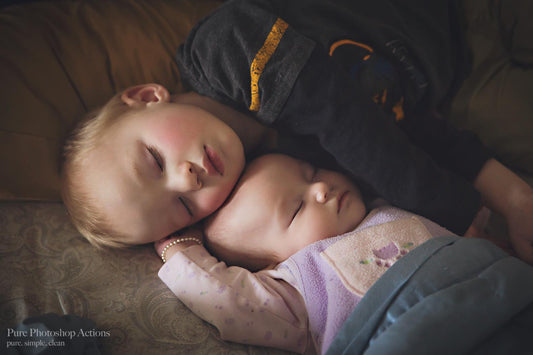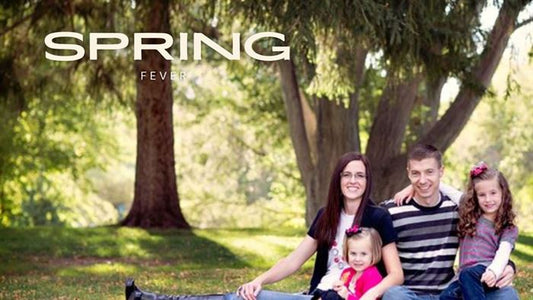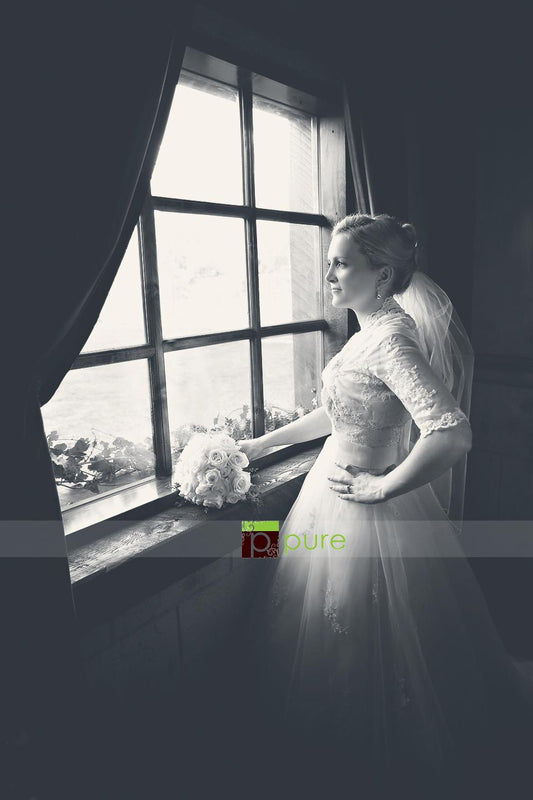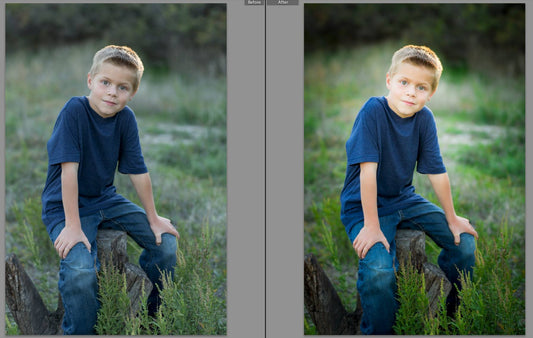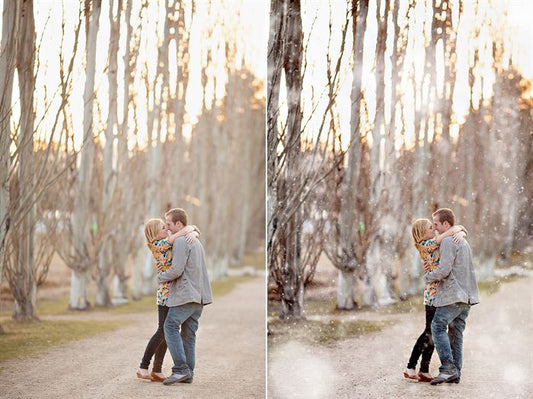Hi guys! I am back with my simple in-home/portable studio set up. This time I am going to explain how to use seamless paper and get a little extra punch from adding plexiglass on top of the seamless paper to get that reflection of your subject. It is great for grounding your subject and giving a professional polish to your images. It's quite simple, but does require a little more time in post-production, but not bad. Here's a pull back of the set up.

If you have not read my last blog post on my studio set up, here is the meat and potatoes of the lighting. If you've read it, feel free to skip over the next little bit.
I use an Alien Bee 400 for my light. I also have an 800 and a 1600, but I prefer my 400. Why? I can shoot at a more shallow depth of field because I have better control of the lower end of light output. If I was shooting OCF outdoors, trying to overpower the sun, I would not prefer an Alien Bee 400 (rather a 1600), but for indoor portraits, I love the 400.
I use the 60x30 softbox and I feather it. Notice how it is not pointed directly at the subject in the image above? Rather it is pointing past him? That gives a softer quality of light with fewer hot spots and more gradual shadow transitions.
To trigger my light I use Cactus V5 triggers. I find them to be very responsive with very few misfires and the price is very impressive. We have spent thousands on other systems that have not worked at all with indoor strobes, so the Cactus have won our hearts.
I tend to start out at 1/125 shutter speed (remember not to go above 1/200 if you are shooting strobes, because of sync speed. If you go above this, you will get a black line in your image from the shutter.) I like this to give a little more prominence to the subject and less attention to the background, but if you want a brighter background, drop your shutter speed. I like to shoot at about 2.8 aperture, so I know I will get decent focus and not too much light on the subject. But sometimes I open up even wider (but I also make sure to turn down my light power.) I use 125 ISO and start my strobe at about 1/8 power. Since I always put my light in the same place, these settings work bang on almost every time. Remember when using a strobe (or any light) the Inverse-Square Law is at work. Which means every time you half the distance between your subject and the light, you are doubling the power of the light. It also works in reverse. Every time you double the distance between light and subject, you halve the power. VERY IMPORTANT.
I like a little defining and shaping shadows to my studio work, so I rarely add a reflector. But if you want lighter shadows, then by all means, add a reflector to the other side.

The plexiglass is simply the largest sheet I could find at the Home Depot. It is about 3 feet long and 3 feet wide. I WISH I had a little bigger, so if YOUR Home Depot offers a larger size, get it. It will save you having to fix edges and will allow for more people on it. It's not the end of the world that mine is the size it is, but it would be nicer if it was bigger.
The trickiest thing is that blending the plexi can take some doing. A shameless plug here...for the best results, see our Pure Retouch Technique Video/mini action set. That will get you blended naturally in no time.


Here is a quick before/after. Pretty natural and seamless. (Ha ha, get it.)
Other images using the seamless/plexi--






As you can see, it is a simple trick for a lovely and polished image.


